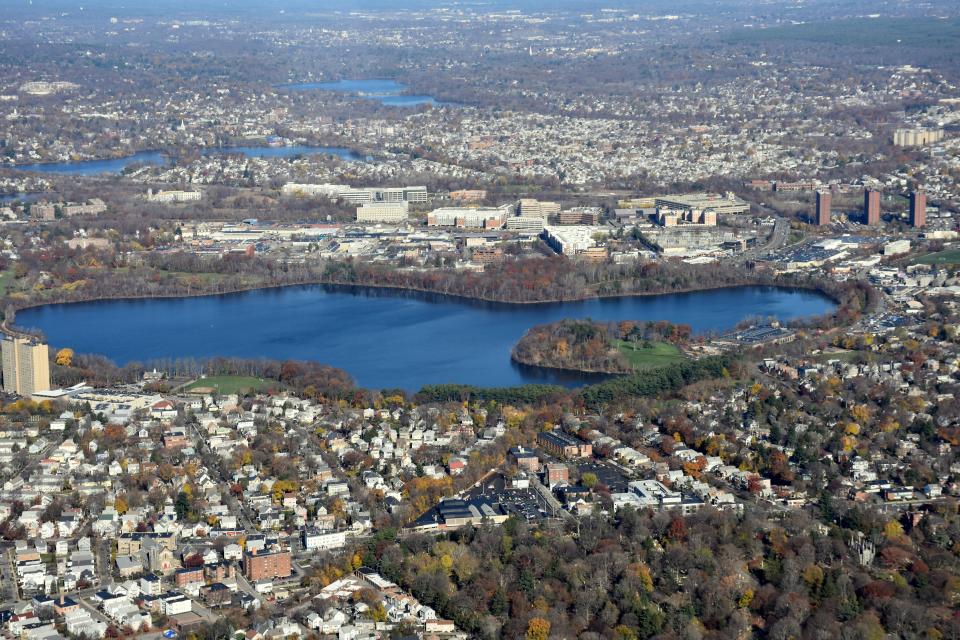
I have been tracking from afar local grassroots efforts in Cambridge, Massachusetts, to start a municipal broadband network for years. I've visited them locally and spoken to various people from citizens to elected officials about the different options. The following are my observations. I'm not trying to channel their thoughts on how to move forward.
Cambridge is a high-tech city with nearly ubiquitous coverage from Comcast, delivering more or less the same services they offer to millions of homes — which is too say mostly reliable and high-cost Internet access (that will be still higher cost next year and the next after that). In the case of Comcast, it comes with crippled upload speeds compared to fast download capacity. Customer service is . . . well, you do your best to never have to use it.
But with MIT and Harvard within its confines, many in Cambridge are well aware that Internet access can get so much better and not be mediated by a company willing to spend millions in D.C. to preserve its right to set up tollbooths for certain kinds of content if they so choose.
However, Cambridge is remarkably similar to Palo Alto, which is also home to high tech households that mostly use Comcast cable and sometimes have the option of AT&T fiber. And in both instances, there is a strong case for some kind of municipal network that would create more local Internet choice. Both appear to have significant support in the community for a public option. But both also have city staff that have decided to prevent any meaningful investment.
They have run into the challenge that Seattle also wrestled with. These high profile cities have refused to consider creative, incremental, and targeted efforts. Instead, they have focused almost entirely on the costs of duplicating Chattanooga or Wilson, where the community built the entire citywide at once with debt-financed capital.
In Cambridge, the city council is rebelling after having been stymied by a city manager that has successful resisted efforts to study municipal broadband for years.
City Manager DePasquale has consistently refused to act on municipal broadband despite a unanimous council setting policy to act on it. He has recently said it would be too expensive to do municipal broadband, as though the only plan that could be considered would be borrowing enough money to connect every last household inside of 3 years. Frankly, if I were the King of Cambridge, I don't know that such an approach would be my favored option.

Cambridge includes low-income households that need an affordable option pronto, and that would be my focus. I would probably look at what could be done creatively as a first step to build expertise and trust in the community. It would probably involve some mix of existing muni assets, new investments, and trying to form a partnership with a company nearby like NetBlazr.
Like Palo Alto (with $29 million waiting in a fiber account built from past dark fiber leases) and, to some extent Seattle, Cambridge was in no cash crunch prior to the pandemic. It could experiment and perhaps iterate on the innovative New York City Master Plan.
The largest city to build a citywide municipal fiber network to date is Chattanooga, with more than 400,000 people within its network boundaries. We may see a larger city than that move forward with a similar retail-model approach where the city offers services directly to residents and businesses. But the more likely scenario for larger cities is a combination of targeted and incremental approaches.
For everyone out there that shares our desire for a much brighter future for Internet access, I think we need to be clear about what the options are and build support. We will be confronted by city managers and bureaucracies that want to find reasons not to try something different and will generate excuses for why nothing should be done but wait. And wait. (And maybe be distracted by 5G).
I have long said that some network approaches may be too risky or expensive. That means a community needs to be more creative and focus more carefully on narrow, short-term goals to develop a project that has an acceptable level of risk and expense. We have seen communities build networks that effectively didn't cost taxpayers a dime — Santa Monica is the poster child and Lincoln is right up there. The right targeted investments will pay for themselves quickly and establish a new revenue stream that should be used for network expansion.
The key is that we cannot let nay-sayers get away with apples-and-oranges claims that a municipal network has to be too expensive. We have made consistent progress in the effort for better Internet access, but we still have work to do — not all our opponents are employed by AT&T or its paid flunkies.









